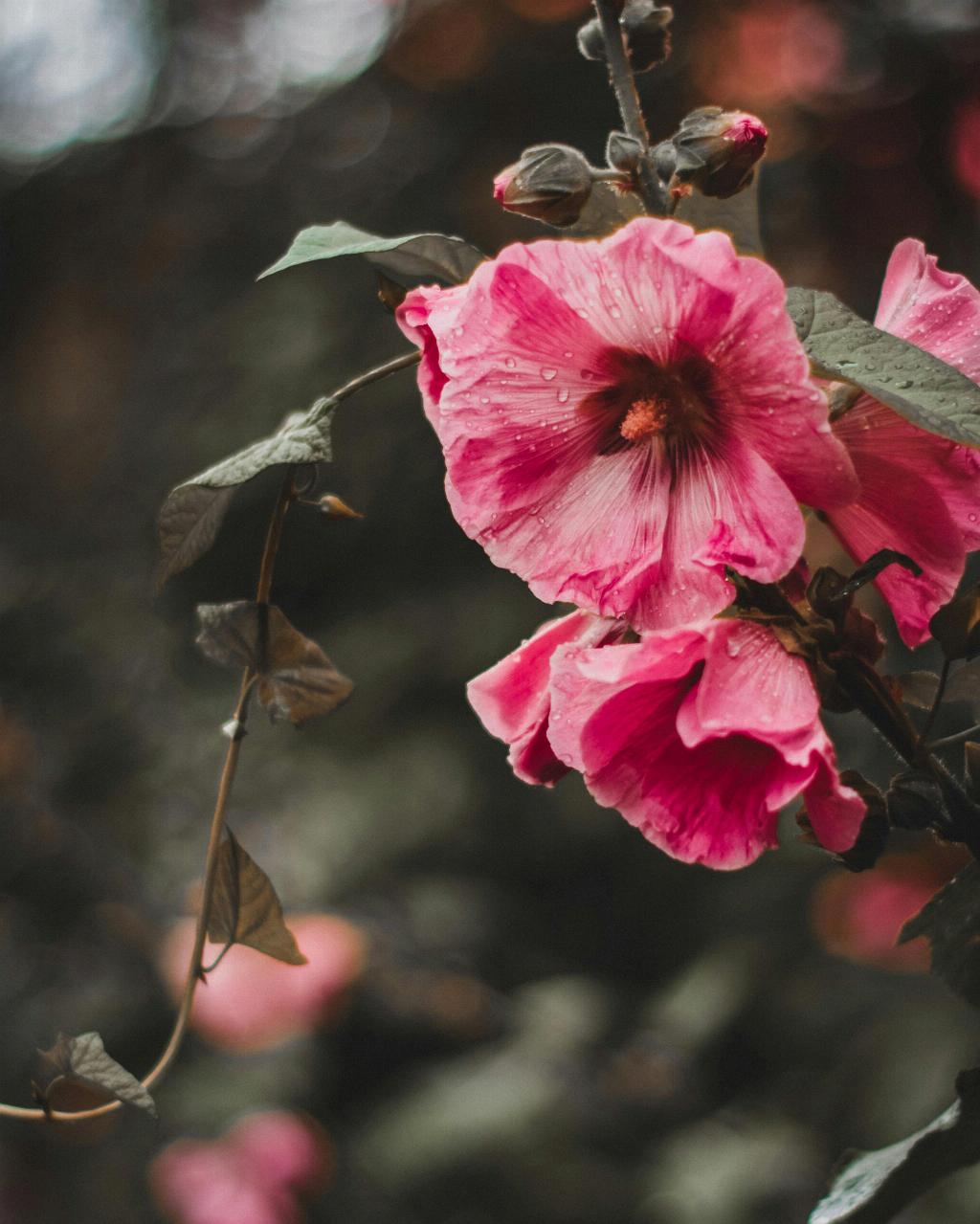Have you been noticing your hibiscus buds looking less than lively, appearing yellow, skinny, and drooping, with no sign of the vibrant blooms you were eagerly anticipating? The likely culprit behind this unfortunate scenario could be the hibiscus gall midge, a tiny yet destructive pest that can wreak havoc on your precious hibiscus plants.
Meet the Hibiscus Gall Midge
The hibiscus gall midge, scientifically known as Contarinia maculipennis, is a minuscule fly notorious for laying its eggs within hibiscus buds. These eggs hatch into larvae that start feeding on the tender tissues of the buds, causing significant damage that prevents the buds from fully maturing and blossoming into the beautiful flowers you were hoping for.
Identifying the Damage
One of the key indicators of gall midge infestation is the presence of tiny yellow buds that fail to develop and open into flowers. Instead, these buds may wither, shrink, or drop prematurely from the plant, leaving you puzzled and disappointed by the lack of floral display you were anticipating.
Understanding the Life Cycle
The gall midge’s life cycle revolves around its insidious activity within hibiscus buds. After the eggs are laid and hatch into larvae, these tiny pests begin to feed on the bud tissues, causing deformities and inhibiting normal flower development. As the infestation progresses, the gall midge larvae continue to damage more buds, compounding the problem and leading to a decline in overall plant health.
Damage Control Measures
To address a gall midge infestation and protect your hibiscus plants from further harm, consider implementing various control methods. These may include carefully monitoring your plants for signs of infestation, pruning affected buds to remove larvae, applying horticultural oils or insecticidal soaps, or utilizing beneficial insects that prey on gall midges.
Preventative Strategies
Prevention is often the most effective approach in combating gall midge infestations. To reduce the risk of future attacks, practice good garden hygiene by removing and disposing of fallen buds, avoid over-fertilizing your hibiscus plants, and maintain proper plant spacing to improve air circulation and discourage pest buildup.
Environmental Considerations
Factors such as temperature fluctuations, humidity levels, and overall plant health can influence the susceptibility of hibiscus plants to gall midge infestations. By creating a favorable environment for your plants through appropriate watering, mulching, and soil management, you can help boost their natural defenses against pests.
Alternative Remedies
In addition to traditional pest control methods, exploring natural or organic remedies to combat gall midges can be a more sustainable and environmentally friendly approach. Consider introducing beneficial nematodes, planting companion herbs or flowers with repellent properties, or utilizing botanical insecticides derived from plant extracts.
Consulting with Experts
If you continue to experience persistent issues with hibiscus bud damage despite your best efforts, seeking guidance from horticultural experts or local extension services can provide valuable insights and tailored solutions to address the specific challenges posed by gall midges in your area.
Embracing Vigilance and Care
Remember that maintaining a vigilant attitude towards plant care, regular inspection of your hibiscus plants, and prompt intervention at the first signs of trouble are crucial steps in protecting your garden from the destructive influence of gall midges. With patience, dedication, and a proactive approach, you can help your hibiscus plants thrive and flourish once more.
Conclusion
In conclusion, the presence of yellow, skinny, and drooping hibiscus buds without blooming flowers may signal an infestation of the hibiscus gall midge. By familiarizing yourself with the characteristics of this pest, implementing targeted control measures, and adopting preventative strategies, you can effectively mitigate the damage caused by gall midge larvae and safeguard the health and beauty of your hibiscus plants.

